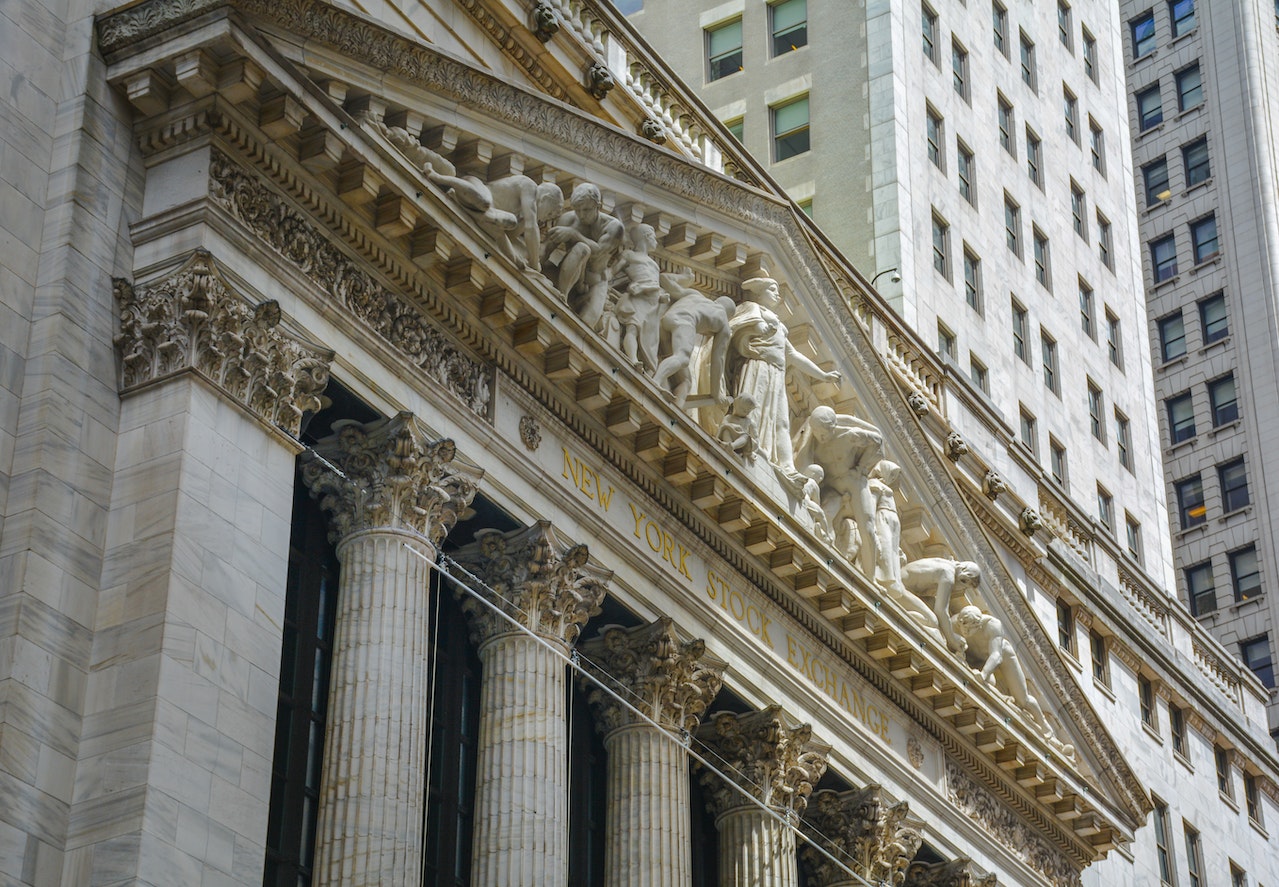In an upward trajectory that mirrors the strength of the global economy, government bond yields around the world are experiencing a surge. Notably, the US 30-year government bond yield rallied with surge and reached its highest point since 2011, while other benchmark yields returned to levels last seen in 2008. This movement comes as robust economic data challenges the prevailing notion that central bank interest rates have peaked.
During the early hours of trading on Thursday, the 30-year Treasury yield in the United States surged by as much as seven basis points, pushing it to 4.42%. This level slightly exceeded the peak reached last year and stood in stark contrast to the sub-4% range observed as recently as July 31. Additionally, the US 10-year yield approached 4.31%, coming within a few basis points of its 2022 peak. In a parallel development, the equivalent yield in the United Kingdom soared to a 15-year high, while its German counterpart approached levels unseen since 2011.
Leading the charge in the global debt selloff, Treasuries have spearheaded the movement as the US economy defies expectations that substantial interest rate hikes by the Federal Reserve would trigger a recession. A glimpse into the latest policy meeting minutes, released on Wednesday, revealed that officials remained concerned about persisting inflation, signaling the potential necessity for further rate hikes to keep it in check.
Jerome Schneider, the head of short-term portfolio management and funding at Pacific Investment Management Co., a company overseeing assets worth $1.8 trillion, expressed the likelihood of an additional Fed rate hike later in the year to act as an “insurance policy” against inflation running rampant.
The momentum in Treasury yields retained its vigor even after the weekly report on new jobless claims hinted at the labor market’s resilience.
Adding to the dynamics of this asset class selloff, Japan, known for its ultra-easy monetary policy and lowest interest rates among developed nations, experienced tepid investor interest while selling 20-year notes on Thursday.
The surge in yields was further evidenced by Bloomberg’s index for total returns on global sovereign debt, which climbed to 3.3% on Wednesday — the highest since August 2008. Despite delivering a loss of 1.2% to investors this year, sovereign bonds worldwide retained the distinction of being the poorest performing asset class across Bloomberg’s major debt indexes.
This shift marks a departure from the beginning of the year when the sentiment that rate hikes were nearing an end sent global bonds skyrocketing. The Bloomberg Global Aggregate benchmark registered a gain of over 3% in January, marking its strongest opening month performance on record. However, the gauge has since dipped to a 0.1% decline for the year.
Investors, undeterred by rising yields, continued to flock towards the US market. According to Bank of America Corp., investors poured a staggering $127 billion into Treasury-focused funds this year, on track to set a new record. Asset managers showcased their confidence by boosting long positions in Treasury futures to an all-time high during the week ending on August 8, as indicated by Commodity Futures Trading Commission data. JPMorgan Chase & Co.’s client survey corroborated this trend, revealing that long positions in the week leading up to August 14 matched the peak reached in 2019, the highest level since the financial crisis.
The appeal of global bonds, particularly in light of rising US yields juxtaposed against economic weaknesses in various nations, was emphasized by Steven Major, the global head of fixed-income research at HSBC Holdings Plc. Western Asset Management chimed in, asserting that global bonds are poised to outperform over the next six to twelve months due to the nearing end of central banks’ rate-hike cycles.
However, the pressure on Treasuries has been compounded by expectations that the US government will issue additional bonds in the upcoming quarter to address widening federal deficits. Notably, US 10-year bond yields have experienced surge by over 30 basis points in August, marking the most significant monthly increase since February.
Underpinning the recent surge in US yields is the rise in inflation-protected bonds, which offer a risk-free rate of return. The real yield on 30-year Treasury Inflation-Protected Securities has breached 2% for the first time since 2011. Similarly, the 10-year benchmark’s real yield hovered just below 2% on Thursday, a level unseen since 2009.
Source: Bloomberg



